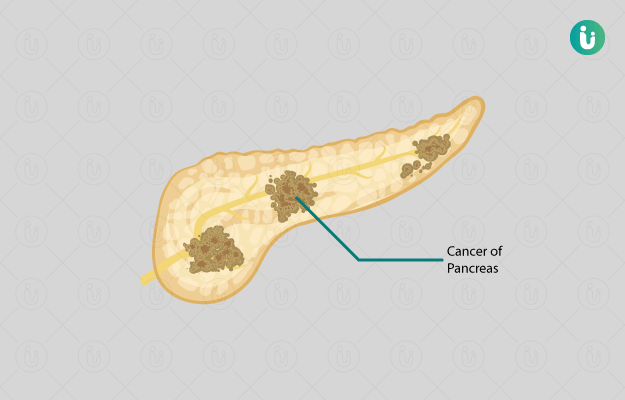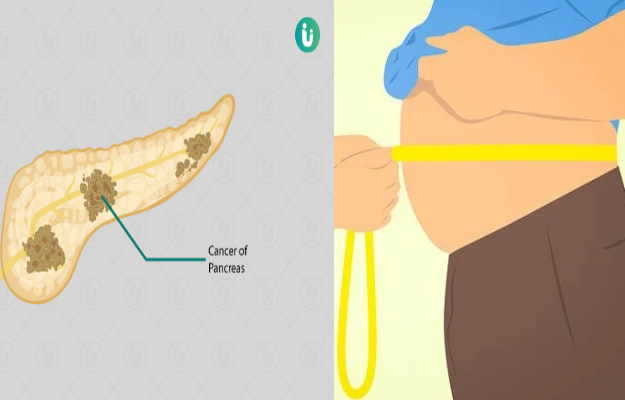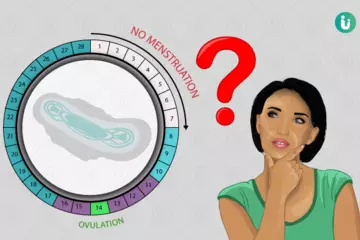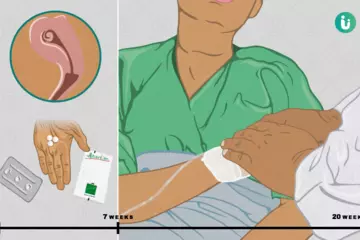What is Pancreatic Cancer?
The development of malignant (cancerous) cells in the pancreas is known as pancreatic cancer. It can occur either in the exocrine (ducts) or endocrine (hormone- or enzyme-producing) part of the pancreas. It occurs more in men than women.
What are its main signs and symptoms?
Typically, pancreatic cancer is detected only in the advanced stages due to a lack of specific indications. Some common signs and symptoms are:
- Nausea.
- Back and stomach pain.
- Enlargement of the liver or gallbladder.
- Loss of appetite.
- Indigestion.
- Difficulty in swallowing.
- Blood in vomit.
- Vomiting.
- Tiredness.
- Fever and shivering.
It also shows some symptoms similar to that of jaundice.
What are the main causes?
The common reasons that increase the risk of pancreatic cancer are:
- Diabetes.
- Liver scar.
- Chronic inflammation of the pancreas (chronic pancreatitis).
- Stomach infection.
- Anaemia.
- Hyperglycaemia.
- Alcohol abuse.
- Hereditary diseases related to the pancreas, liver or stomach.
- Obesity.
- Smoking or use of tobacco.
- High fat consumption.
- A family history of breast or ovarian cancer.
How is it diagnosed and treated?
Doctors can diagnose pancreatic cancer by various tests, such as :
- Blood tests
They help in detecting the level of bilirubin, which is produced by the liver. This will give the doctors the knowledge about the functioning of liver or signs of jaundice. They may also detect increased levels of pancreatic hormones and enzymes. - Biopsy
To check for the presence of cancer cells in the pancreas. - Ultrasound
To assess the size and spread of cancer in the abdomen. - CT scan
It helps in the detection of cancer, which may have also spread to the nearby organs surrounding the pancreas. - MRI
It helps in giving proper images of the bile and pancreatic ducts to the doctors. - Tumour marker tests
Some of the tumour markers are CA-19-9, and carcinoembryonic antigen (CEA).
After the diagnosis, the disease is treated by:
- Surgery
It is the most preferable method, where possible. Cancerous portions are removed surgically when it hasn’t spread too much. - Chemotherapy
Drugs are administered orally or via the intravenous route to kill the cancerous cells. It has some side effects like hair loss, fatigue, bruises, mouth sores etc. - Others
Some techniques of ablation (techniques that help in the destruction of tumours instead of their removal) – cryosurgery, microwave thermotherapy, radiofrequency ablation (RFA) etc.
(Consult a doctor with online treatment app)

 Doctors for Pancreatic Cancer
Doctors for Pancreatic Cancer  OTC Medicines for Pancreatic Cancer
OTC Medicines for Pancreatic Cancer
 Pancreatic Cancer articles
Pancreatic Cancer articles News for Pancreatic Cancer
News for Pancreatic Cancer




















